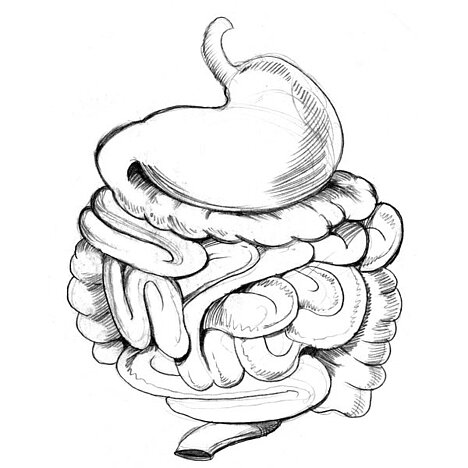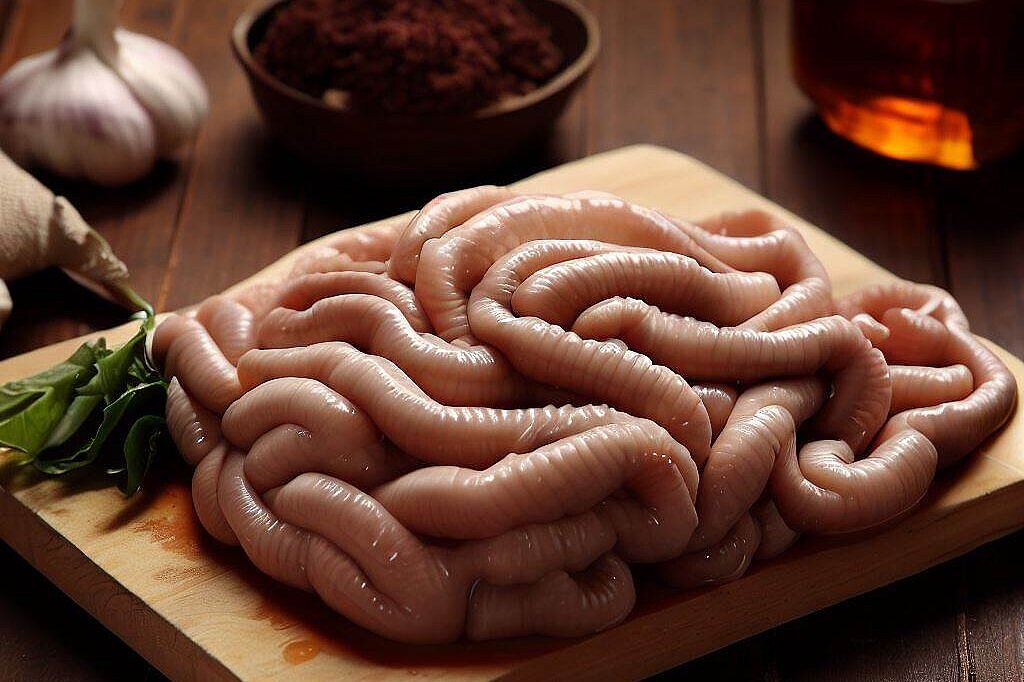Stomach

But is gizzards good for a dog's stomach? That depends on how much and how often you give your dog stomach. In this article you can find out more about the advantages and disadvantages of gizzards as dog food.
Advantages of gizzards as dog food
Stomach has several advantages as dog food:
- It is rich in high-quality protein, which is important for muscle building and regeneration.
- It provides iron, which is needed for blood formation.
- It contains vitamin B12, which is important for nerve function and metabolism.
- It has a high proportion of connective tissue, which promotes intestinal health.
- It stimulates the appetite and can help with fussy eaters.
Disadvantages of stomach as dog food
Stomach also has some disadvantages as a dog food:
- It is very high in fat and can lead to obesity or diarrhea if fed too often or too much.
- It can contain bacteria that can lead to infections or parasite infestations if it is fed raw.
- It can trigger or aggravate allergies if the dog has an intolerance to beef or mutton.
How much stomach can my dog eat?
The optimal amount of gizzard for your dog depends on various factors, such as his age, size, activity level and health. As a rule of thumb, offal should not make up more than 10% of the daily food ration. This means, for example:
- A small dog (up to 10 kg) may eat about 20 to 40 g of stomach per day
- A medium-sized dog (10 to 25 kg) may eat about 40 to 100 g of stomach per day
- A large dog (over 25 kg) may eat around 100 to 200 g of stomach per day
These amounts are only guidelines and may vary depending on individual requirements. If you are unsure how much stomach to give your dog, it is best to ask your vet for advice.
How do I prepare stomach for my dog?
If you want to give your dog stomach, you should wash it thoroughly beforehand and cut it into small pieces if necessary. You can feed it raw or cooked. If you give it raw, make sure it is fresh and shows no signs of spoilage. You should also make sure that your dog has been vaccinated and dewormed.
If you are cooking it, you can simply cook it in water without salt or spices. You can also mix it with other ingredients such as vegetables or rice. Make sure that the stomach is not cooked for too long, otherwise it can become tough.
You can also buy ready-made dog food with added stomach. This usually already contains all the important nutrients for your dog and is tailored to his needs.
If you notice any signs of hypersensitivity or poisoning in your dog, you should see your vet immediately. We are not a substitute for a vet, but we try to be as accurate as possible. Every dog reacts differently and we recommend you get a second opinion or consult your vet if in doubt.
Stay healthy and take good care of your four-legged friend!😊
Similar to Stomach
The rumen is the first of four stomachs that ruminants such as cows, sheep or goats have. It is used to pre-digest plant food and contains many bacteria, enzymes and microorganisms. These help the...
Duck stomachs are part of the digestive tract of ducks. They are muscular and have a rough surface that is used to grind the food. Duck stomachs belong to the so-called offal or rumen and are a...
The gizzard is the gizzard of geese and part of the digestive system. It has a thick wall and is lined with horn platelets that break down the food. The goose gizzard contains a lot of protein,...
Chicken stomachs are part of the chicken's digestive system. They are used to break down and pre-digest the food. Chicken stomachs consist of muscle meat and have a firm and chewy consistency. They...



